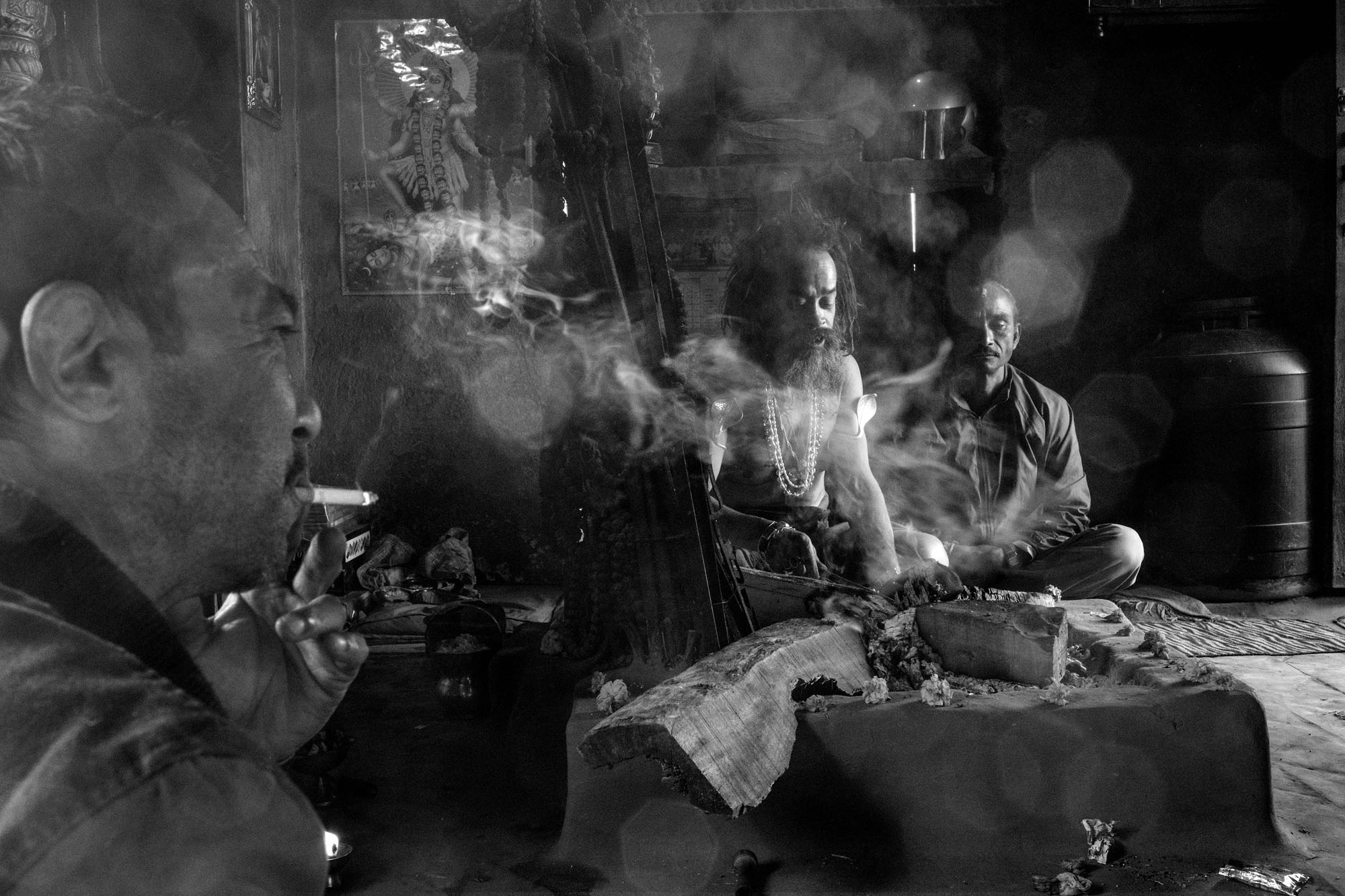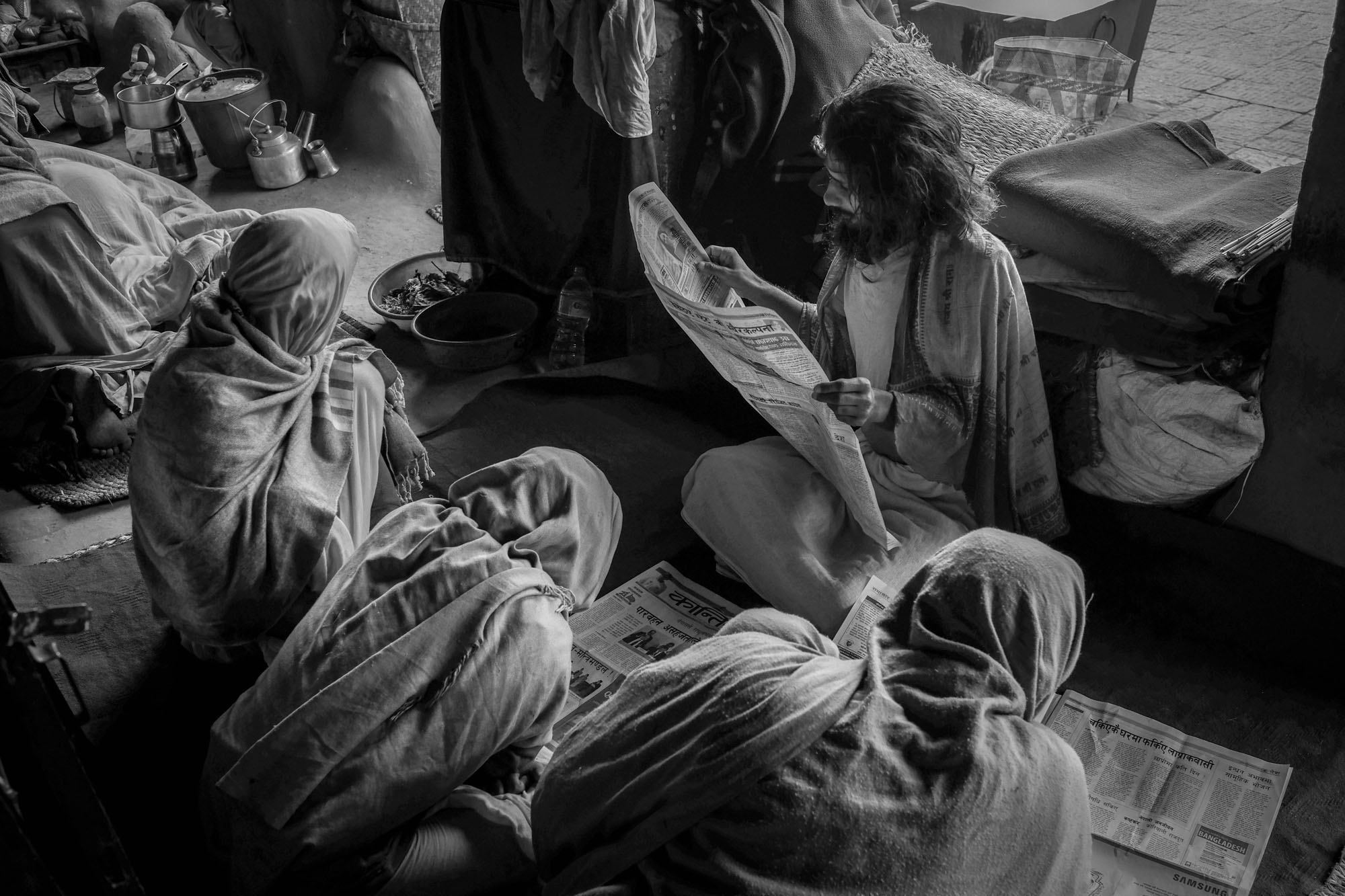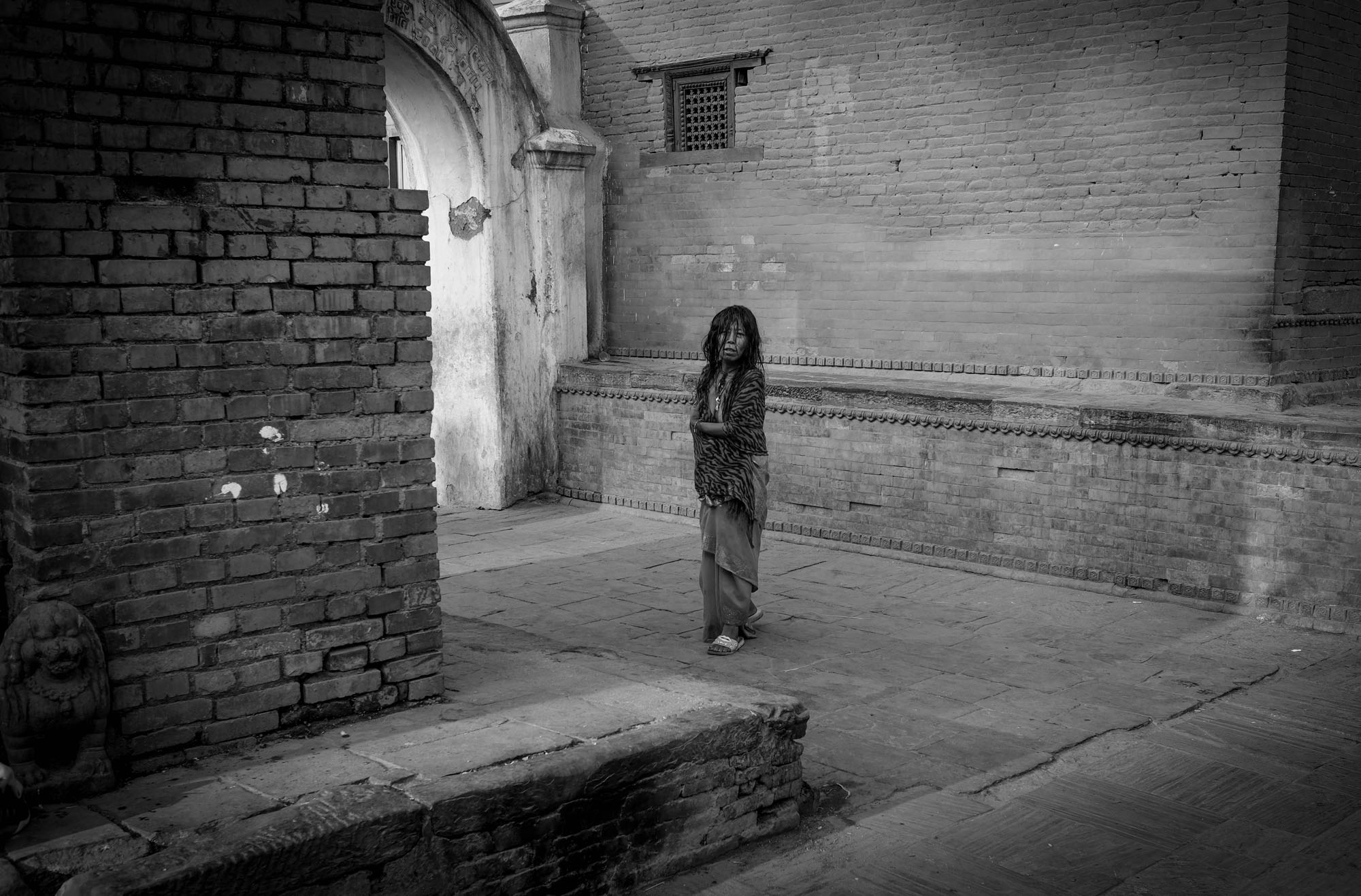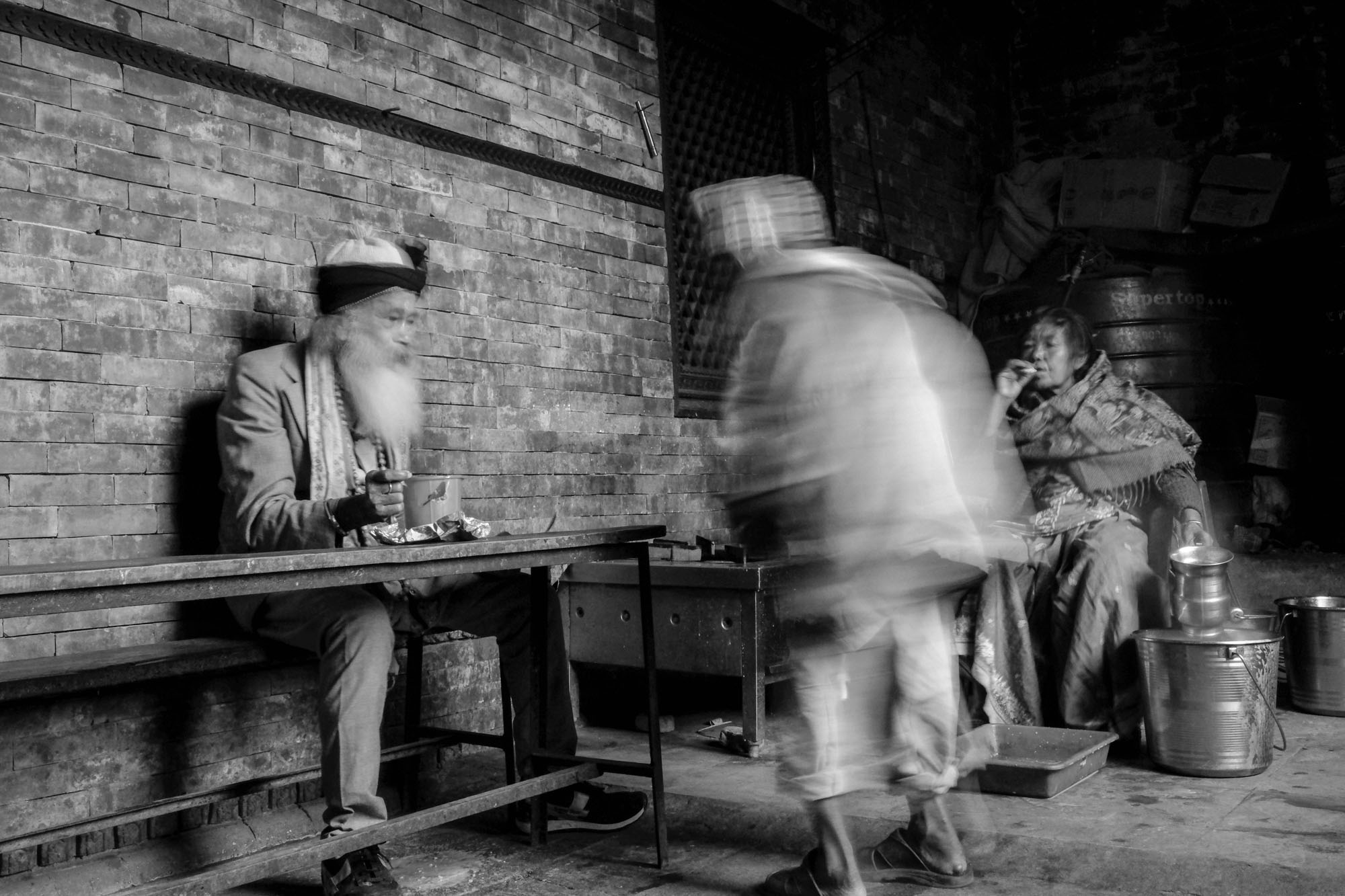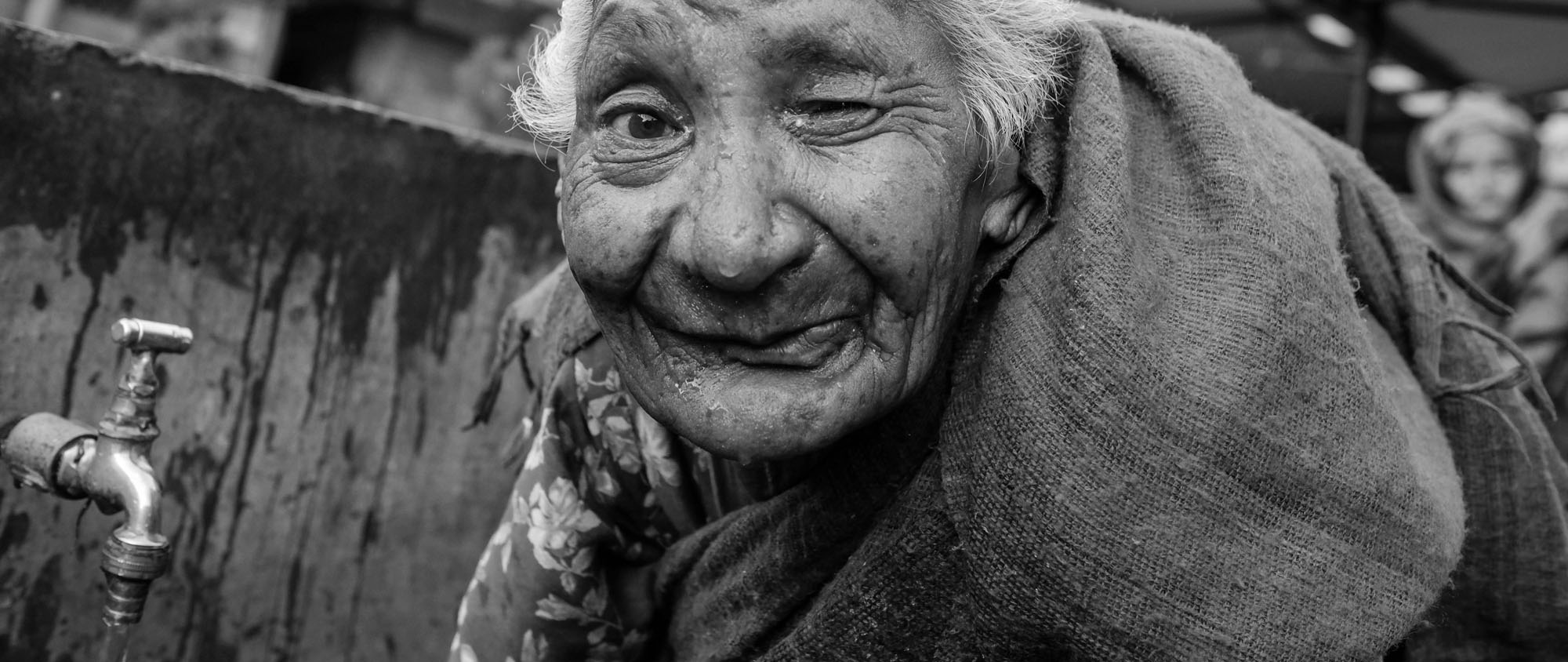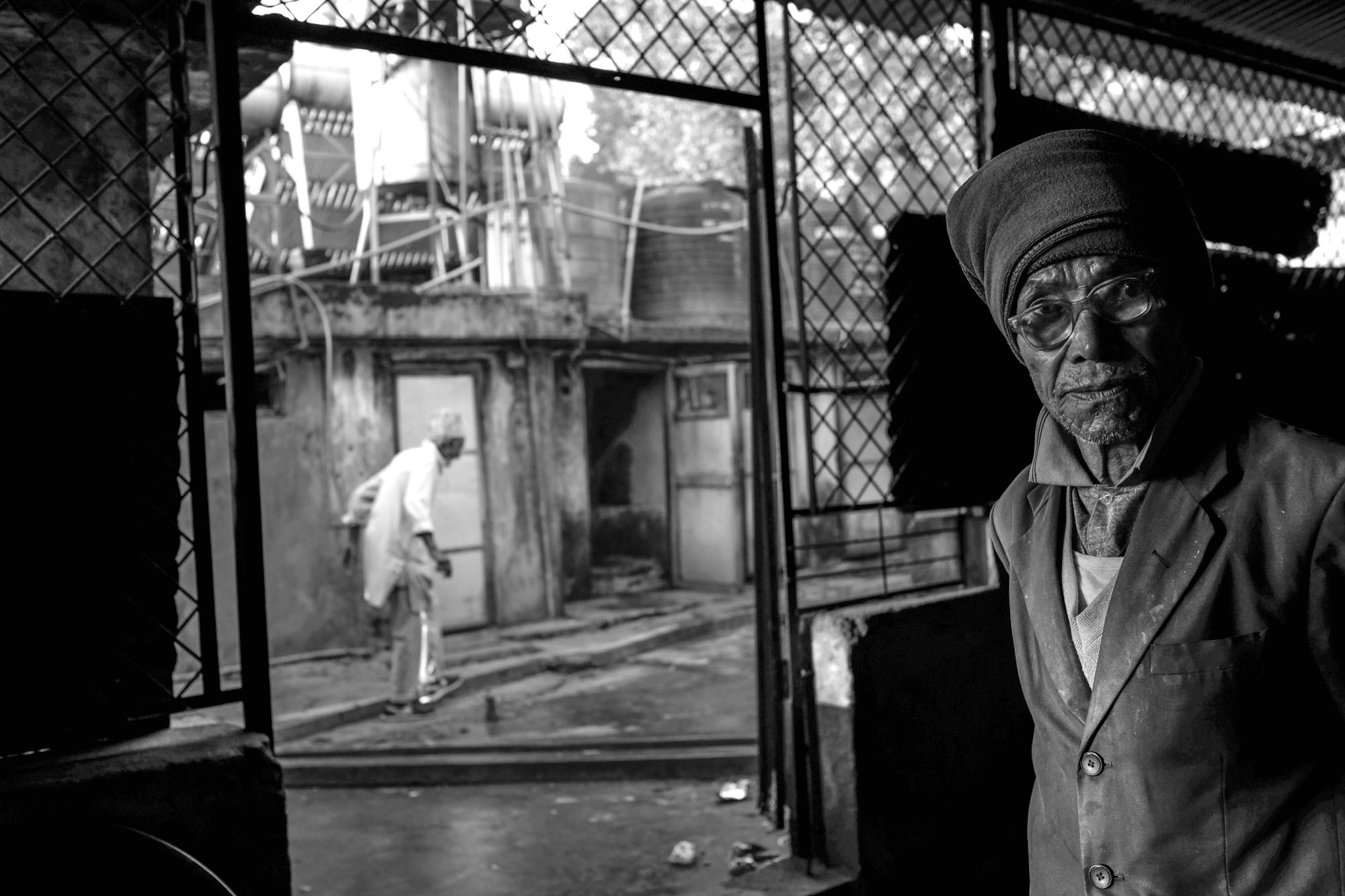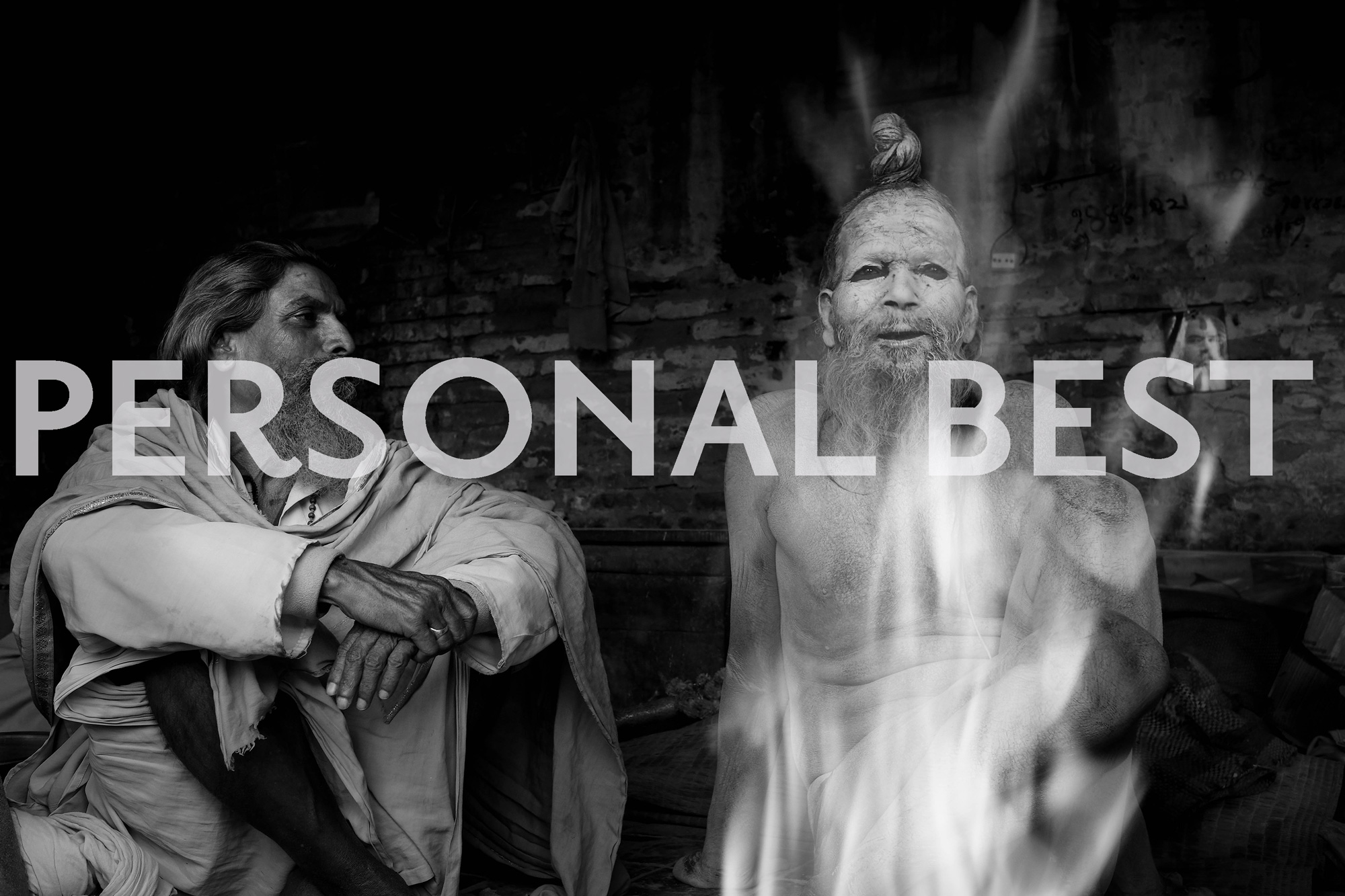
Kevin Cooper
Né au Royaume-Uni et vivant actuellement en Australie, Kevin Cooper a passé plus de 35 ans à pratiquer la photographie. Durant ses années de formation photo, il a appris le traitement professionnel de films en Angleterre.
Quittant le laboratoire pour le terrain, il a alors travaillé pour le célèbre magazine américain Wildlife, en mission dans toute l’Inde. En voyage en Australie, Kevin a imprimé les images emblématiques des sommités photographiques australiennes et internationales, Max Dupain et David Moore, et organisé des expositions qui ont reçu un excellent accueil des communautés locales et internationales.
Kevin tient un rôle de premier plan dans le paysage photographique australien et international. Sa philanthropie créative a été le catalyseur de nombreux projets photographiques visionnaires mettant en relation Fujifilm en Australie avec des personnes et des cultures, y compris les habitants indigènes de l’Australie blanche.
L’éthique de Cooper s’enracine dans la photographie documentaire sociale et dans la narration. Sa photo documentaire implique une interaction étroite dans la vie des autres : d’abord pour raconter leurs histoires au niveau micro, puis pour fournir un canal de communication entre les différentes cultures au niveau macro.
Il a reçu plusieurs prix importants de la photographie et a reçu le statut de maître photographe par l’organisation australienne AIPP (Australian Institute of Professional Photography).
Kevin est titulaire d’une maîtrise en photographie documentaire du London College of Communication, au Royaume-Uni.
Gears
- FUJIFILM X-Pro2
- XF23mmF1.4 R
Story – The Journey
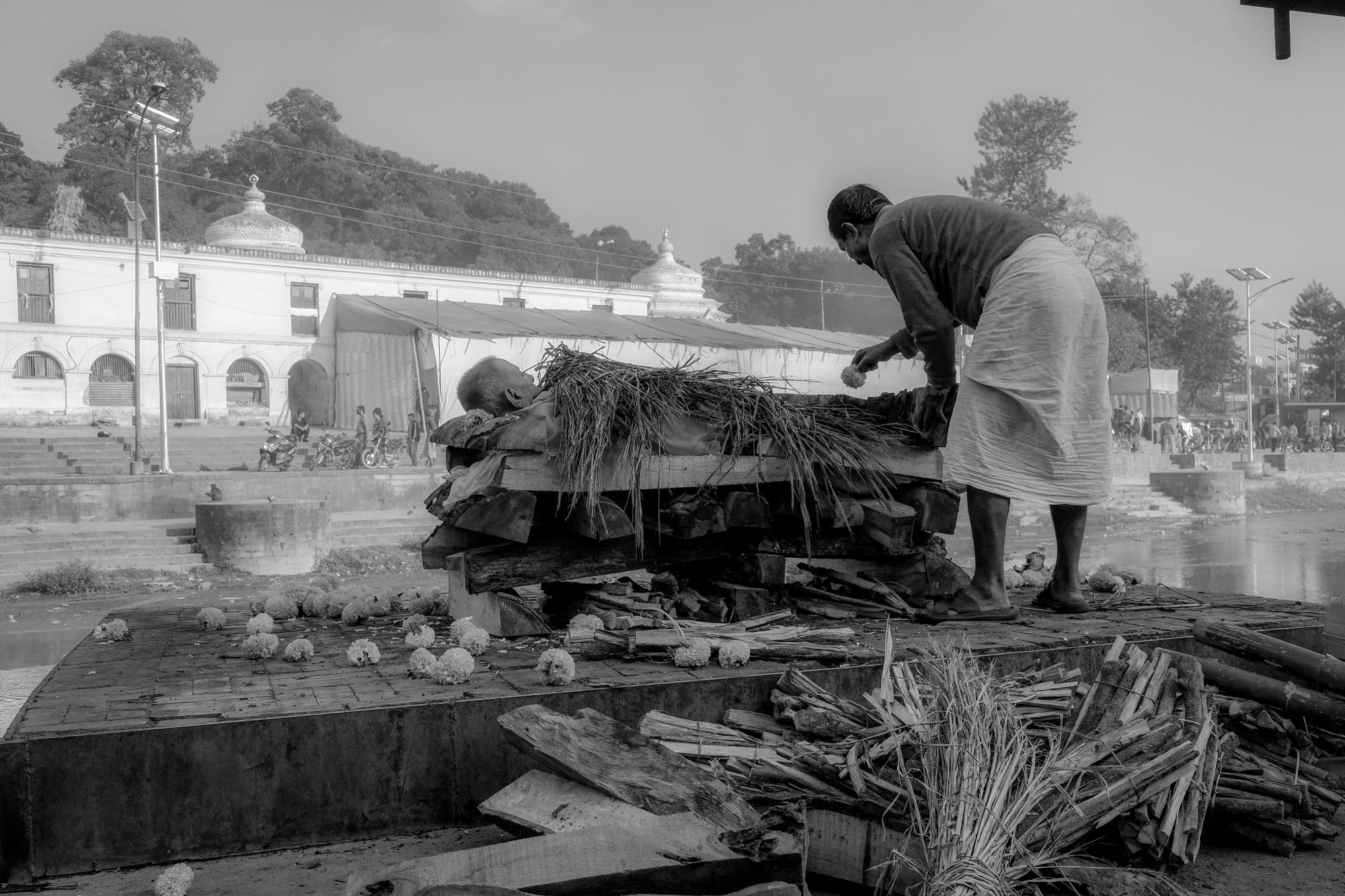
A human body takes a quarter of a tonne of wood to burn. The skull is usually the first to go. It makes a similar noise to an old car engine exploding. The rest is all pretty straightforward, there’s nothing too spectacular after that — only the faint crackle of fire eating its way through flesh and bone.
The FUJIFILM X-Pro2 with the XF23mmF1.4 lens allows for contemplative and sensitively introspective photography, The Journey explores and documents the enigmatic Pashupatinath Temple in Nepal, located on the banks of the languid Bagmati River in Kathmandu. Recorded over a period of five years, the work reveals a subtle and psychological matrix of life and death. Each image reveals its own, discreet story, yet all are interwoven by a common history, location, routine and lifestyle. The images guide us along this complex narrative, a privileged journey through an exotic culture.

Loha Nangadi das, Naked sadhu warms himself by the fire (right) as Ram Narayan dashas, early morning conversation.
While the story of death can be confronting in many societies, through these Photographs I hope to allow the viewer to discover compassion, love and inevitability.
And the Temple’s own inevitability.
The impact of the cremations on the environment means that now Pashupatinath itself exists between the ebb and flow of memory and reality, making the photographs even more relevant and poignant.
The Journey alludes to the inevitable shifts in tradition. All the people documented in this story will eventually embark on the same journey, their ashes scattered to the waters of the Bagmati River, along with the thousands of others before them. It is a tradition that is as old as time itself, but it is changing. Today, only metres away from the temple, an electronic crematorium is being built to offer a cheaper and more environmentally friendly solution. In exchange, it spells the loss of a community’s culture.
With a strong interest in the history and integrity of place these images bear witness to a passing reality. However, within this story, I attempt to not only be a witness, but I have become innately part of it. Endeavouring for no voyeurism in my photographs, no fiction, no mise en scene and no artifice in the observations. My subjects maintain a reverent stillness coupled with a sense of impermanence, a metaphor of human existence.
Although I shun the idea of stage setting, It’s important to capture an unmistakable aesthetic within these photographs. I respond intuitively to the environment work my way through the story’s landscape. People, settings and situations are the strength of these photographs, but critically, they are real and do not present an interpreted narrative.
I hope to apply the essence of documentary photographic practice to the work; the work will evolve with The Ultimate tools that Fujifilm produce gives the flexibility and creativity to capture meaningful images.
The Journey is a carefully and beautifully crafted record of a passing culture.
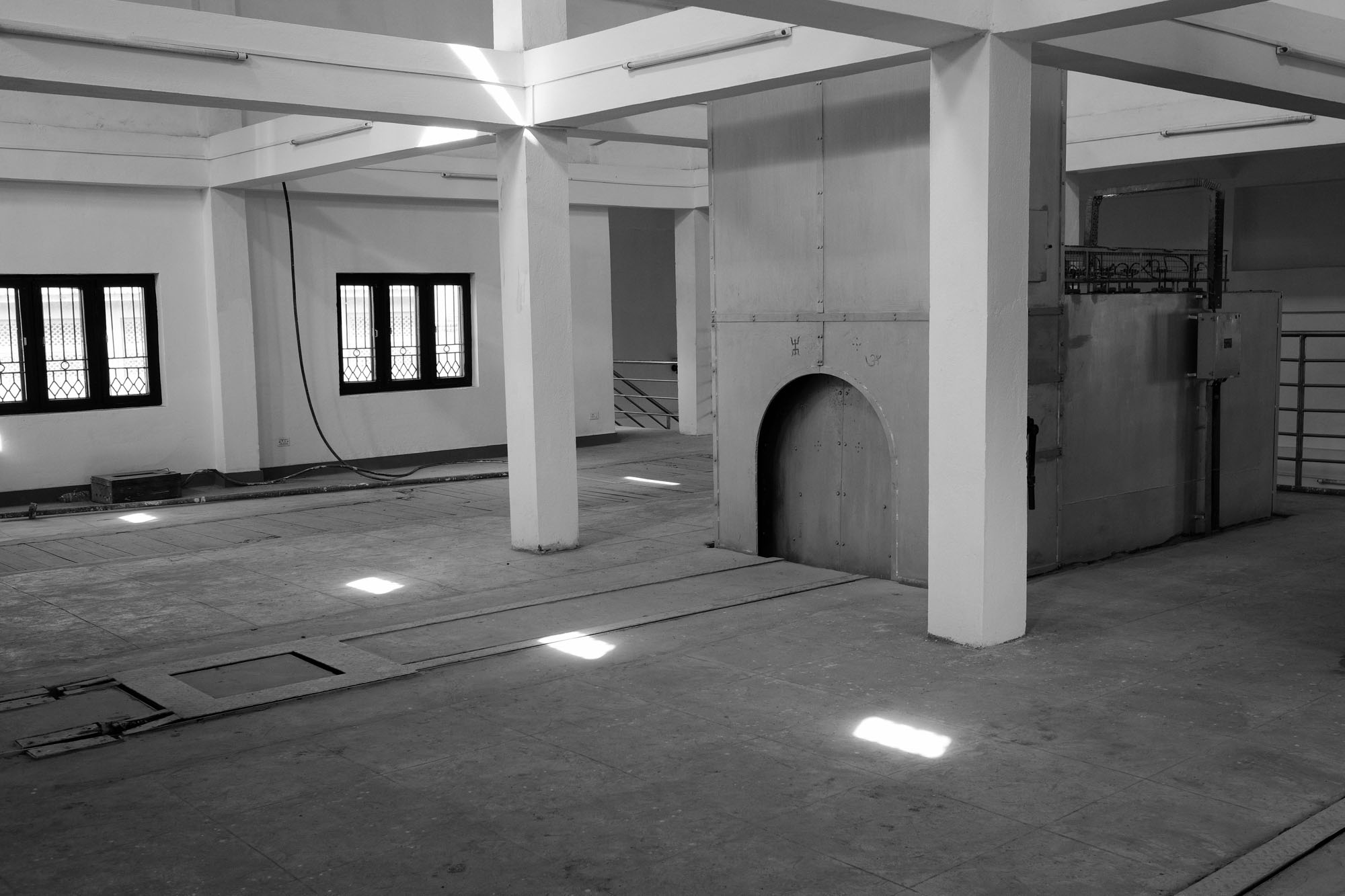
Electric crematorium, costing Rs 3,000 and 45 minutes to cremate compared to 300kg of timber and Rs7, 000 and 3-4 hours, 300m east of Pashupatinath, Pingalasthan, Nepal
SELECTED SOLO EXHIBITIONS:
- Old Sad Mad, FotoFreo, 2013
- Old Sad and Mad Head On 2013
AWARDS:
- NSW AIPP Landscape Photographer of the Year, 2008
- AIPP Master of Photography, 2009
- M.A. Photojournalism and Documentary Photograph, 2013
- Fujifilm X Ambassador, 2014















































